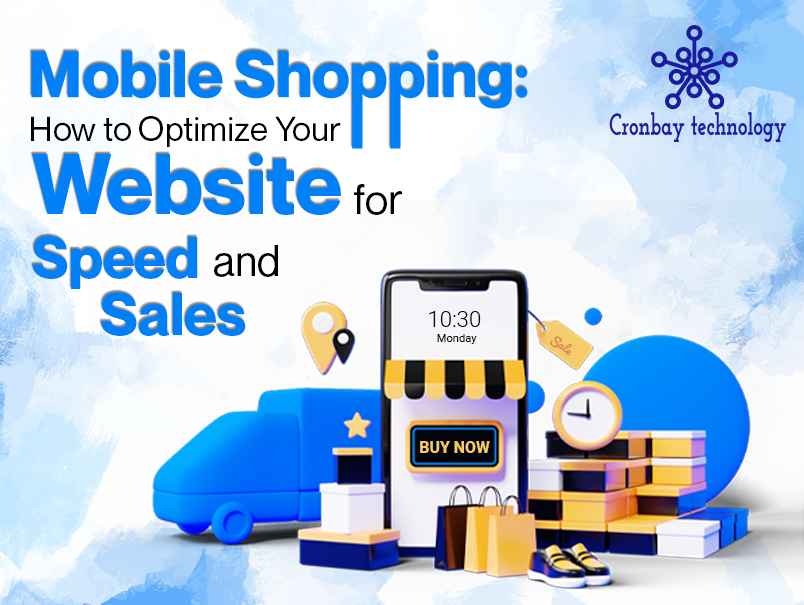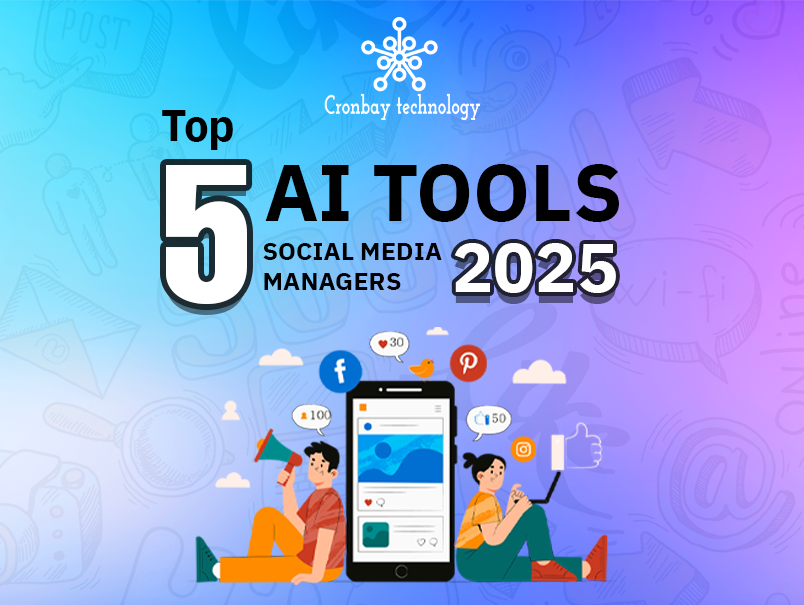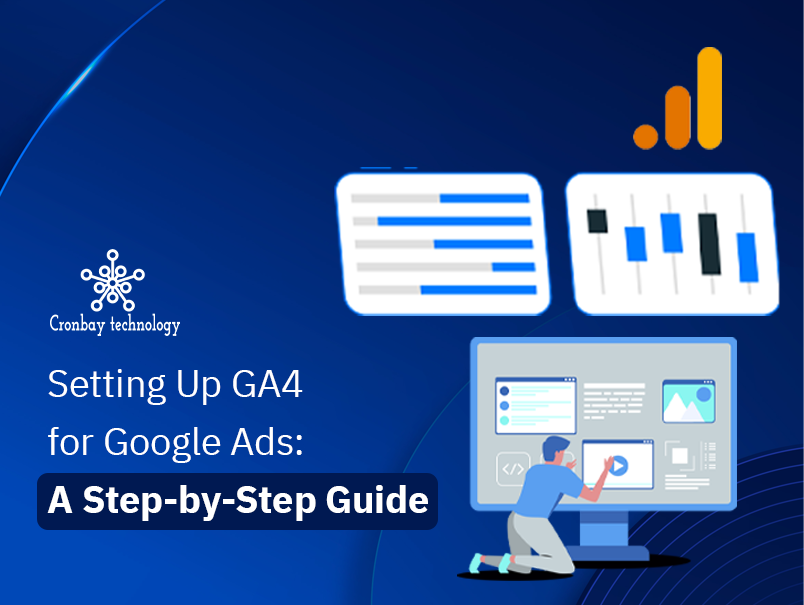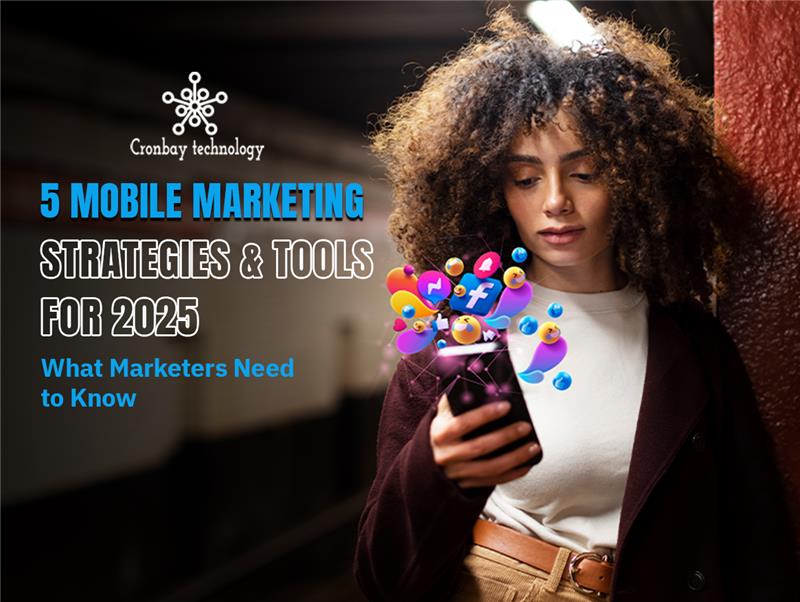Running successful Facebook ad campaigns and optimizing them is vital for building social media visibility. With a staggering 2.96 billion monthly active users on Facebook, brands have an incredible opportunity to harness their power and establish widespread brand awareness among both new and existing customers, achieving unparalleled reach.
In this blog, we'll explore actionable strategies on how to run Facebook ads effectively and optimize your campaigns for maximum impact and return on investment (ROI). Let's dive in and unlock the potential of your Facebook ad campaigns!
What is a Facebook Ad, and How Does Facebook Ad Optimization Work?
Facebook Ads is an advertising platform on Facebook and its associated apps like Instagram and Messenger. It helps businesses create targeted ads using visuals and engaging content. Advertisers can reach specific audiences based on demographics, interests, behaviors, and location.
The platform offers various ad formats and placements, including single-image ads, carousel ads, videos, and pop-up ads. With features like custom audiences and retargeting, businesses can generate leads and track ad performance through the Facebook dashboard.
Working on Facebook Ad Optimization:
By selecting "Optimization for ad distribution" for a certain ad set, you are instructed to find the most time- and cost-effective means of achieving the desired outcome.
To put it another way, the result that our system bids for in the advertising auction is your optimization decision. When optimizing for link clicks, for instance, advertising is shown only to those in the audience who are most likely to click on the ads' links.
The distribution system uses machine learning to enhance the effectiveness of each advertisement based on the optimization strategy you choose. Depending on the goals of your campaign, several optimization strategies may be applicable. Want to know more about the workings of Facebook Ads? Click here!
10 Best Strategies for Optimizing Facebook Ad Campaigns Rightly
As you know, optimizing Facebook ad campaigns is essential to maximizing their effectiveness and achieving the desired results. Here, we will explore the ten best strategies for optimizing Facebook ad campaigns to help you achieve your marketing goals efficiently.
1. Clear Objectives
Begin by clearly defining your Facebook ad campaign objectives, such as driving website traffic, generating leads, increasing conversions, boosting brand awareness, and optimizing the Facebook ad conversion rate.
Utilize the choices available in Facebook Ads Manager to establish clear and well-defined goals, enabling you to structure and optimize your campaign effectively. Click here to check out Facebook Ad Manager campaigns.
2. Audience Targeting
Leverage Facebook's robust targeting options, including the Facebook ad network and Facebook ad placements, to reach the right audience. Target your ads effectively by utilizing demographic filters, interests, behaviors, and custom audiences to reach individuals most likely interested in your offer.
Discover Hubspot's informative video on targeting audiences for wider reach and engagement on Facebook and Instagram.
3. A/B Testing
The AB Testing Software Market was valued at USD 516.50 million in 2020 and is expected to reach USD 1249.57 million by 2028 , with a projected growth rate of 11.62% from 2021 to 2028.
Therefore, focus on conducting A/B testing to identify the most effective elements of your Facebook ads. Test different headlines, images, ad copy, calls-to-action, and audience segments to optimize the performance of your Facebook ads. Leverage the Facebook Ads dashboard to efficiently monitor and compare results from various ad variations.
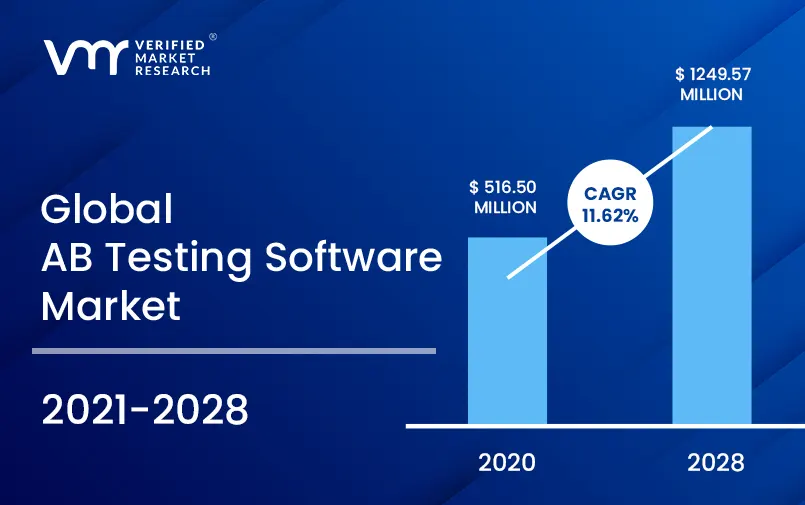
4. Ad Placement Optimization
Take advantage of various Facebook ad placements, including the News Feed, Sidebar, Instagram, Messenger, and the Audience Network. Monitor the performance of your ads across different placements using the Facebook ads dashboard. Allocate your budget to the placements that deliver the best results for your Facebook and Instagram ads.
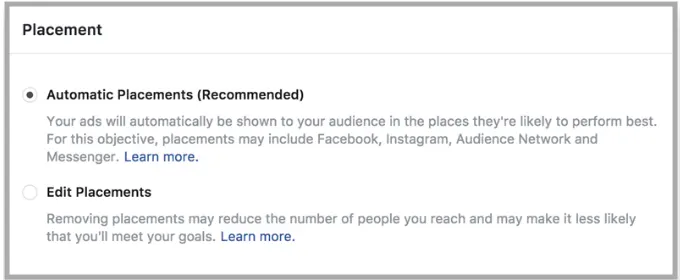
5. Ad Creative Optimization
Create visually appealing and engaging ad creatives for your Facebook ad campaign. Utilize high-quality images or videos that are relevant to your target audience.
Experiment with different formats, such as Facebook carousel ads and Facebook banner ads, to determine which resonates best with your audience. Use the recommended Facebook carousel ad size for optimal display. To learn more about the Carousel ads on Facebook, click here to watch the informative video by Hootsuite.
6. Ad Scheduling
Analyze your campaign data to identify the most effective times and days to run your Facebook ads. Schedule your ads on Facebook to reach your target audience when they are most active and responsive, increasing the likelihood of engagement and conversions. Utilize the Facebook Ads dashboard to schedule and monitor your ad campaigns effectively.
7. Ad Frequency Management
Monitor the frequency at which your Facebook ads are shown to the same users. In a Databox study, 70 professionals from diverse industries were surveyed on determining optimal ad frequency. Around 50% were marketing agencies, while 12% didn't advertise on Facebook.
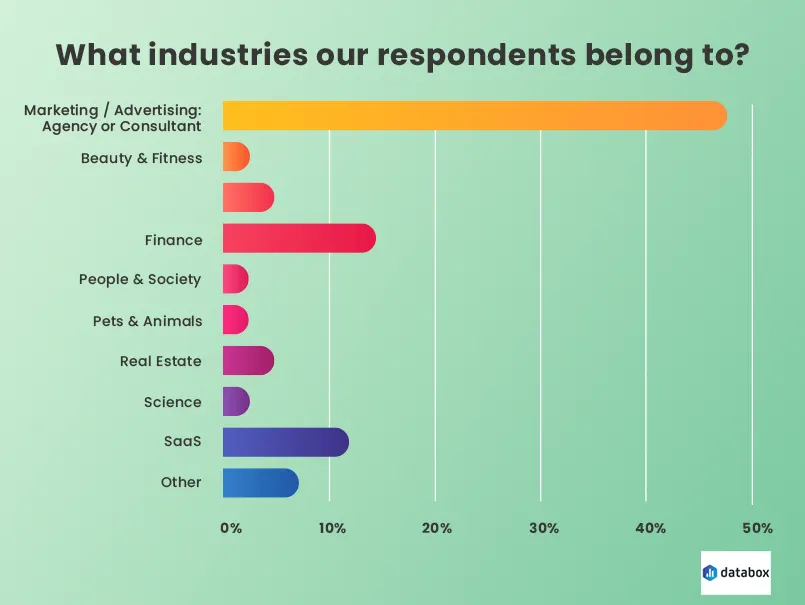
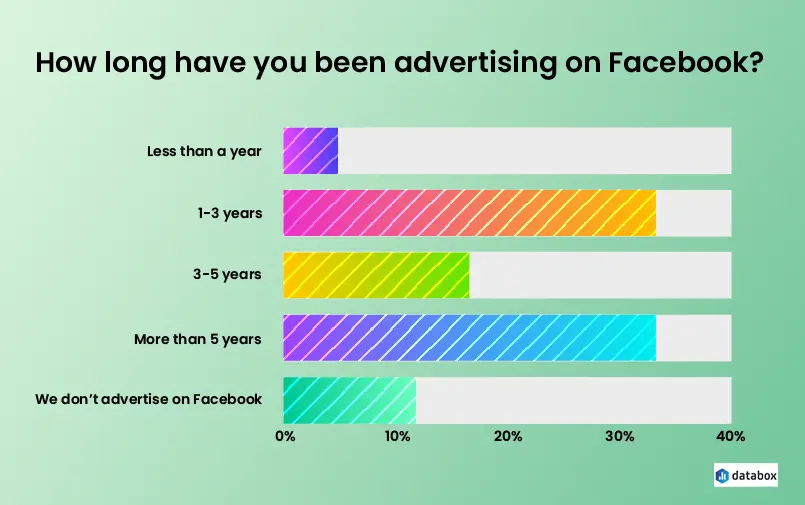
To learn more about the workings of Facebook Ad frequency, click here.
8. Conversion Tracking
Install the Facebook pixel on your website to accurately track conversions. Set up conversion events such as purchases, sign-ups, or downloads, and measure the effectiveness of your Facebook ad campaigns in driving these desired actions. Utilize the Facebook ads dashboard to track and optimize based on conversion data.
9. Retargeting
Implement retargeting campaigns to re-engage users who have previously shown interest in your products or visited your website. According to the study, Facebook is undeniably one of the most effective platforms for advertising, with its vast user base and potential for retargeting. Here are additional remarkable retargeting statistics:
Retargeting decreases cart abandonment by 6.5%.
68% of marketing agencies allocate a dedicated budget for remarketing.
Remarketing surpasses other ad placement strategies with an impressive efficiency rate of 1,046%.
The primary reason 37% of customers click on a retargeted ad is the appeal of the product.
Facebook Exchange is utilized by 67% of retargeted users for online advertising.
Another study by Adobe says Remarketing or repeat customers generate 40% of sales revenue, despite comprising just 8% of website visitors (Adobe study).
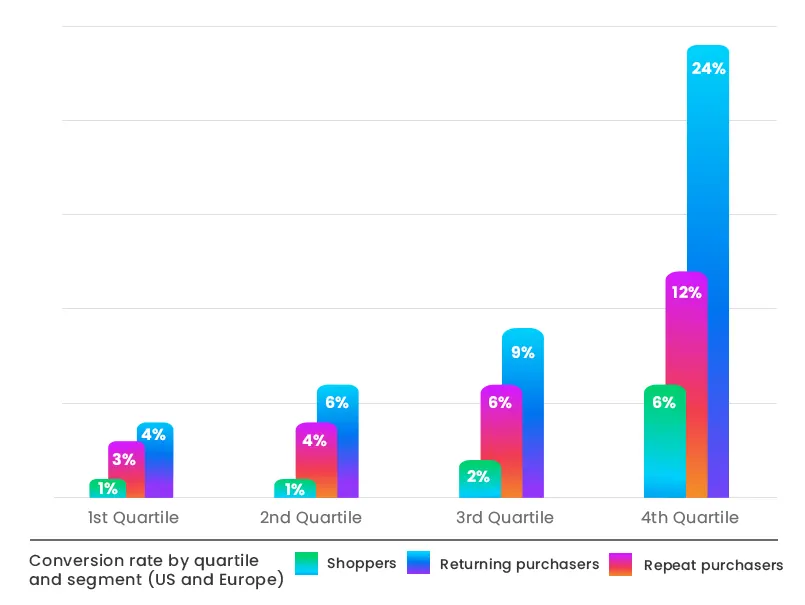
So, focus on utilizing Facebook's dynamic ads to display personalized content based on users' past interactions, reminding them of products they viewed or abandoned in their shopping carts.
10. Continuous Monitoring and Optimization
Regularly monitor the performance of your Facebook ad campaigns, ad sets, and individual ads using the Facebook ad dashboard. Keep track of key metrics such as click-through rates, conversion rates, cost per acquisition, and return on ad spend. Make data-driven decisions to adjust your targeting, bidding, and creative elements for ongoing optimization and improved results.
By implementing these strategies and utilizing the features available in the Facebook ad network, you can create effective Facebook and Instagram ad campaigns, optimize your Facebook ad funnel, and receive assistance through Facebook ads to achieve your marketing objectives.
Bonus Tip: Best Consideration Tips While Optimizing Facebook Ads Campaigns
Here are the top considerations for optimizing Facebook ads:
Set clear objectives for your Facebook ad campaigns, like Facebook game ads, Facebook Instagram ads, Facebook shopping ads, etc.
Utilize Facebook Ads' audience interests to research your target audience's demographics and interests for effective brand communication.
A/B tests different ad variations, including headlines, Facebook ad pictures, and ad copy.
Maximize ad placement performance by monitoring across various platforms, including Facebook Ads Boost Posts, ensuring optimized results for your campaigns.
Implement the Facebook pixel for accurate conversion tracking, including Facebook ad auto-tagging.
Consider retargeting campaigns to re-engage interested users with Facebook ad collection.
Final Thoughts
Creating the best Facebook Ads and running successful Facebook ad campaigns often involve a significant amount of trial and error.
However, by consulting with a professional, you can gain valuable insights on how to create Facebook ads and master the art of running successful campaigns with the best advertising budget.
So, if you want to run Facebook ads or are interested in knowing how to do Facebook ads effectively, don't hesitate! Click here to book an appointment with a professional to optimize your Facebook ad campaigns easily!
Frequently Asked Questions
Q1. How often should you optimize Facebook ads?
Ans. The number of times each day is uncapped. While Facebook allows you to display an ad to the same audience multiple times, after doing so more than three or four times, Facebook will begin to limit how frequently your ad is shown to that audience. The impressions model charges per thousand views and is often used to build brand recognition.
Q2. How much time Facebook take to review ads?
Ans. The time it takes for Facebook to review an ad can vary. Generally, Facebook aims to review ads within 24 hours of submission. However, during peak times or if there are a large number of ads being submitted for review, the process may take longer.
Q3. What is a good CTR for Facebook Ads?
Ans. Ans. A good click-through rate (CTR) for Facebook ads can vary depending on several factors, including the industry, target audience, ad format, and campaign objective. However, as a general guideline, a CTR of 1% or higher is considered a good benchmark for Facebook ads.


